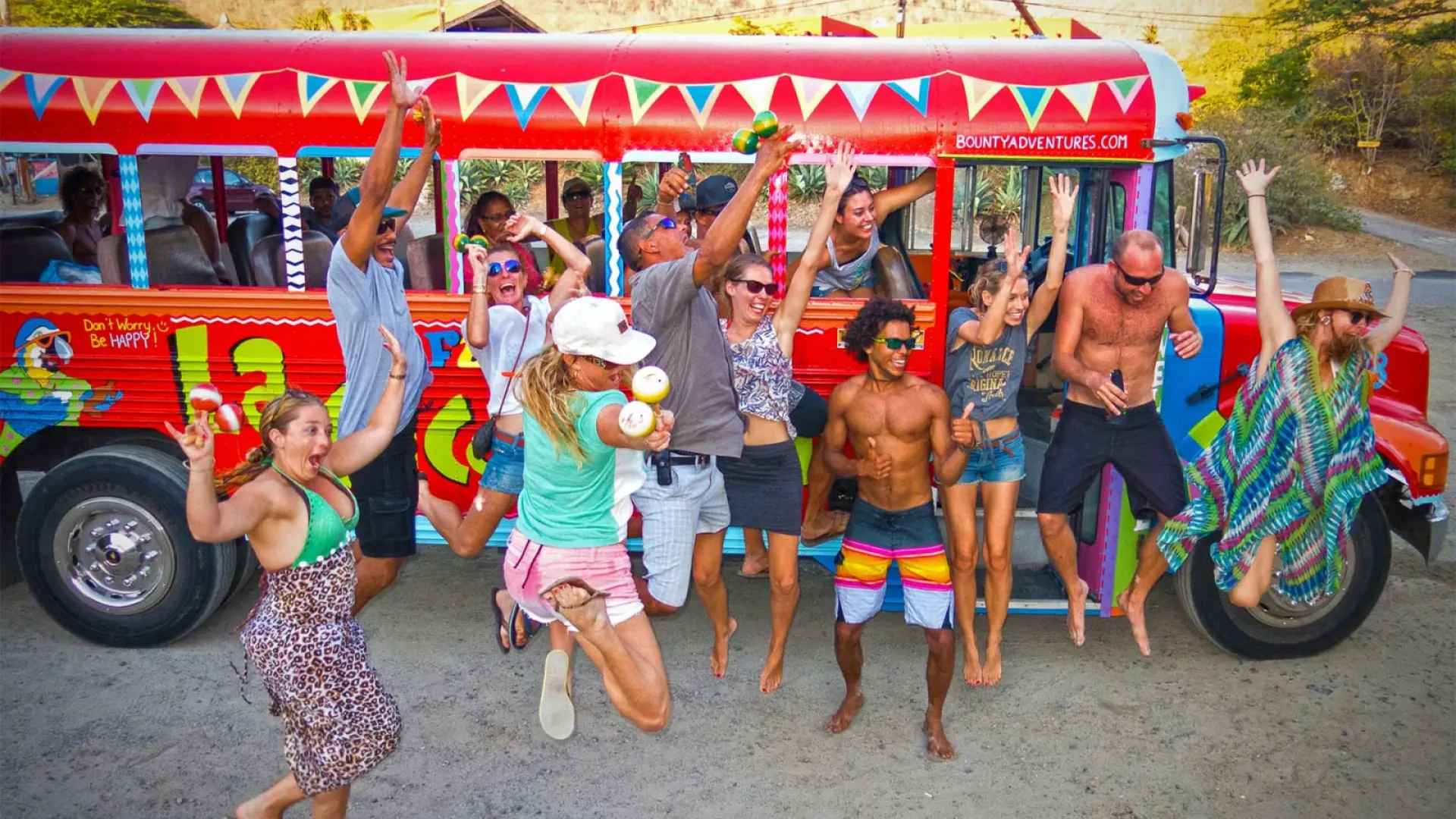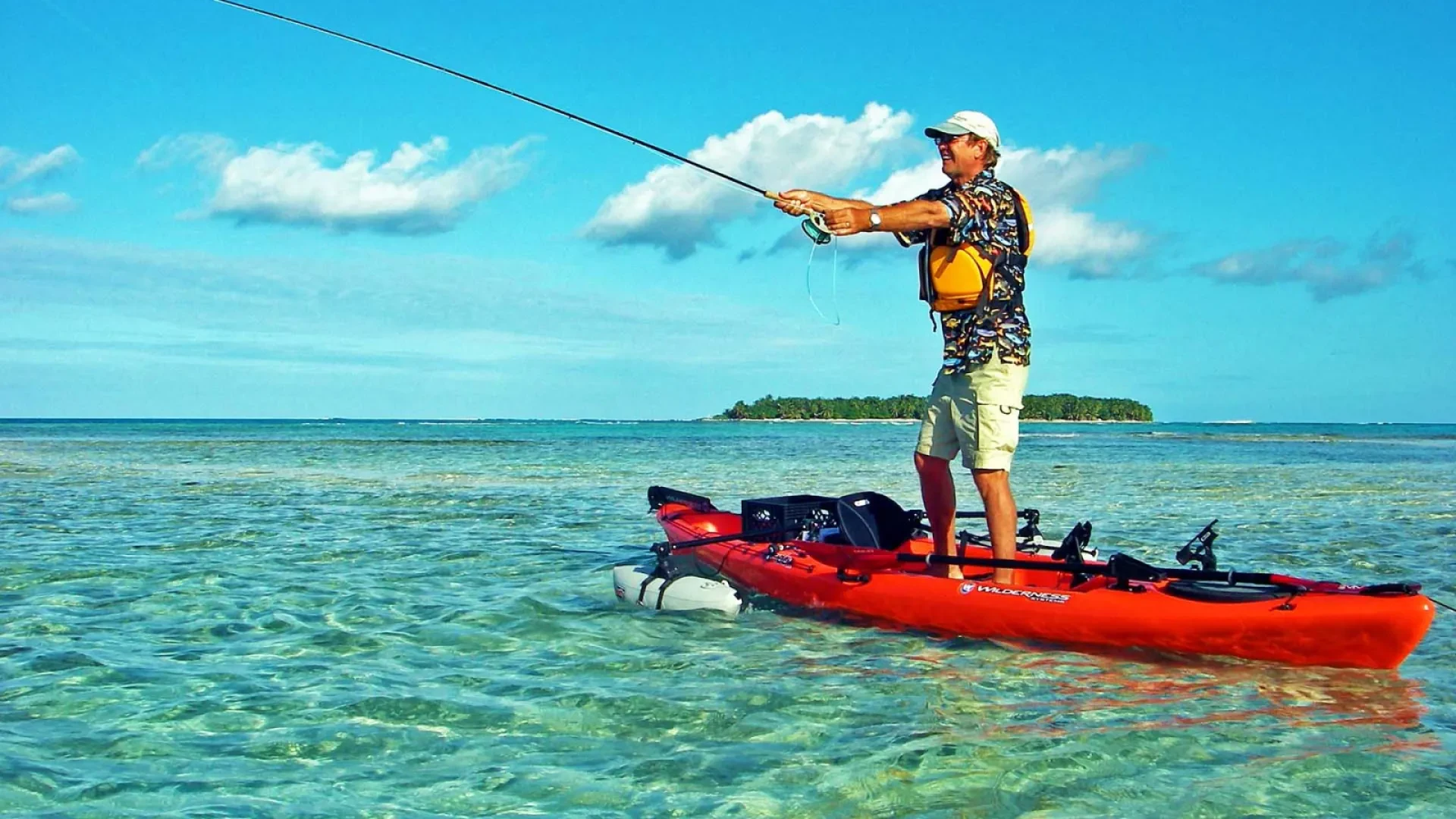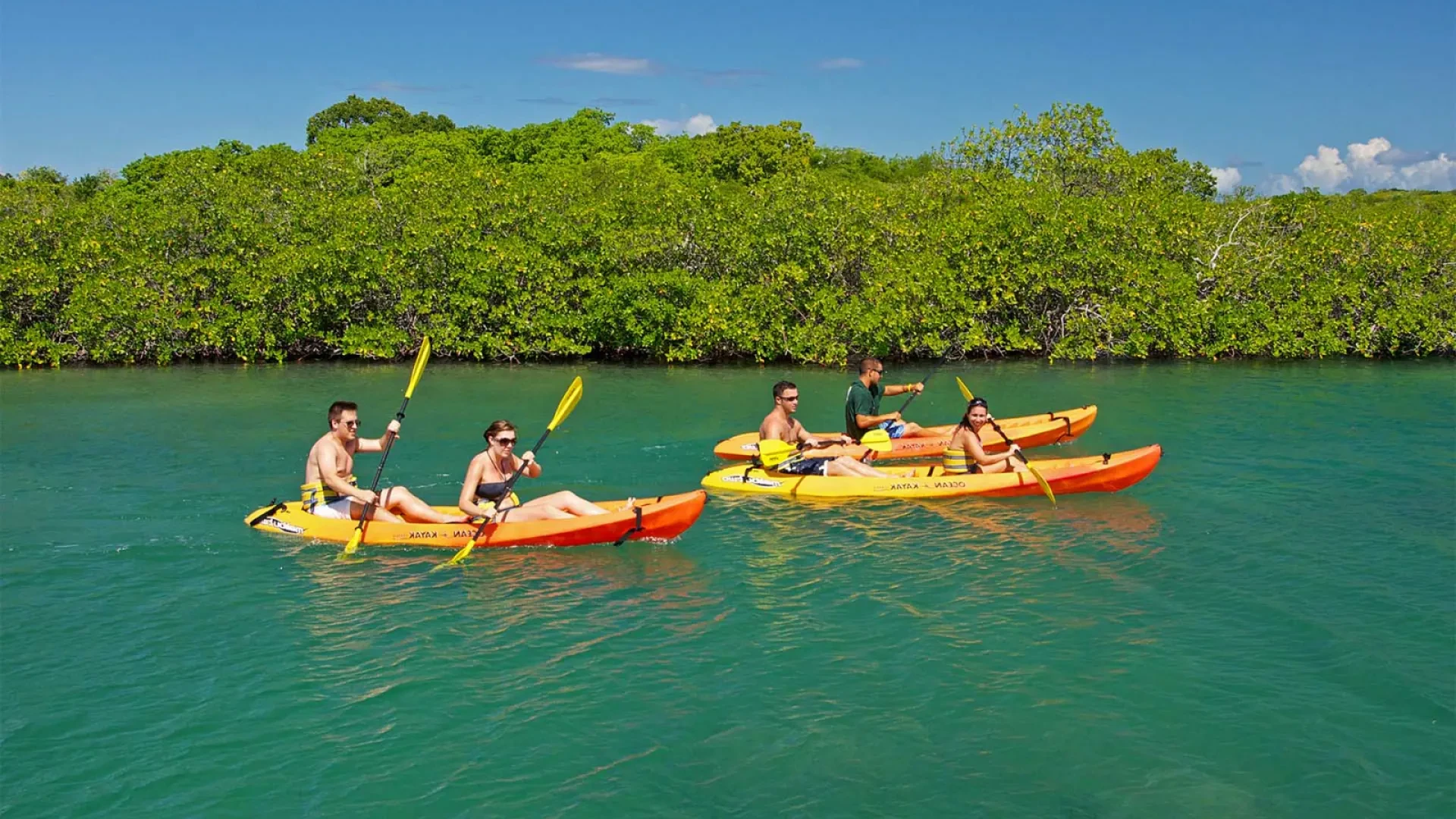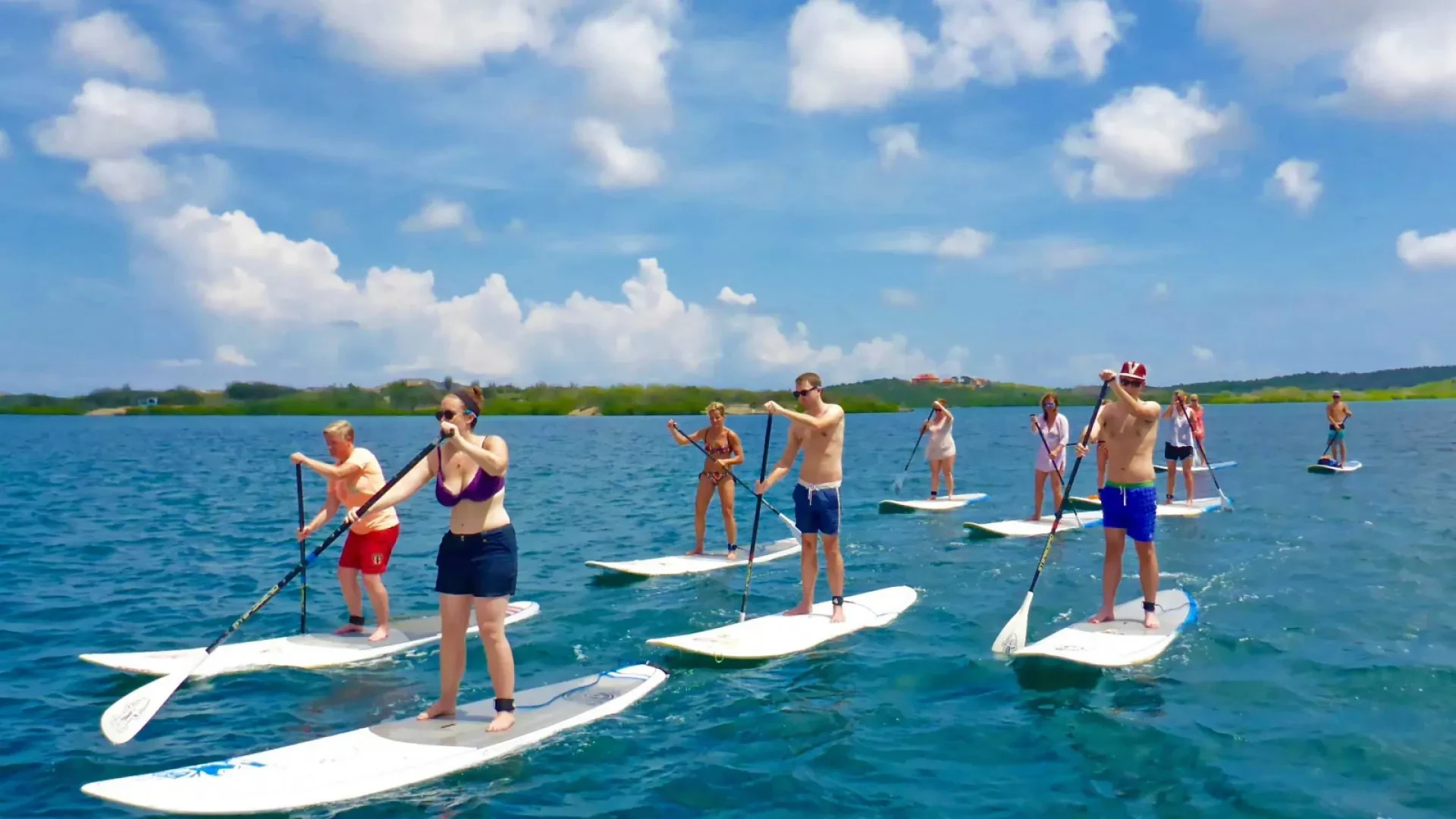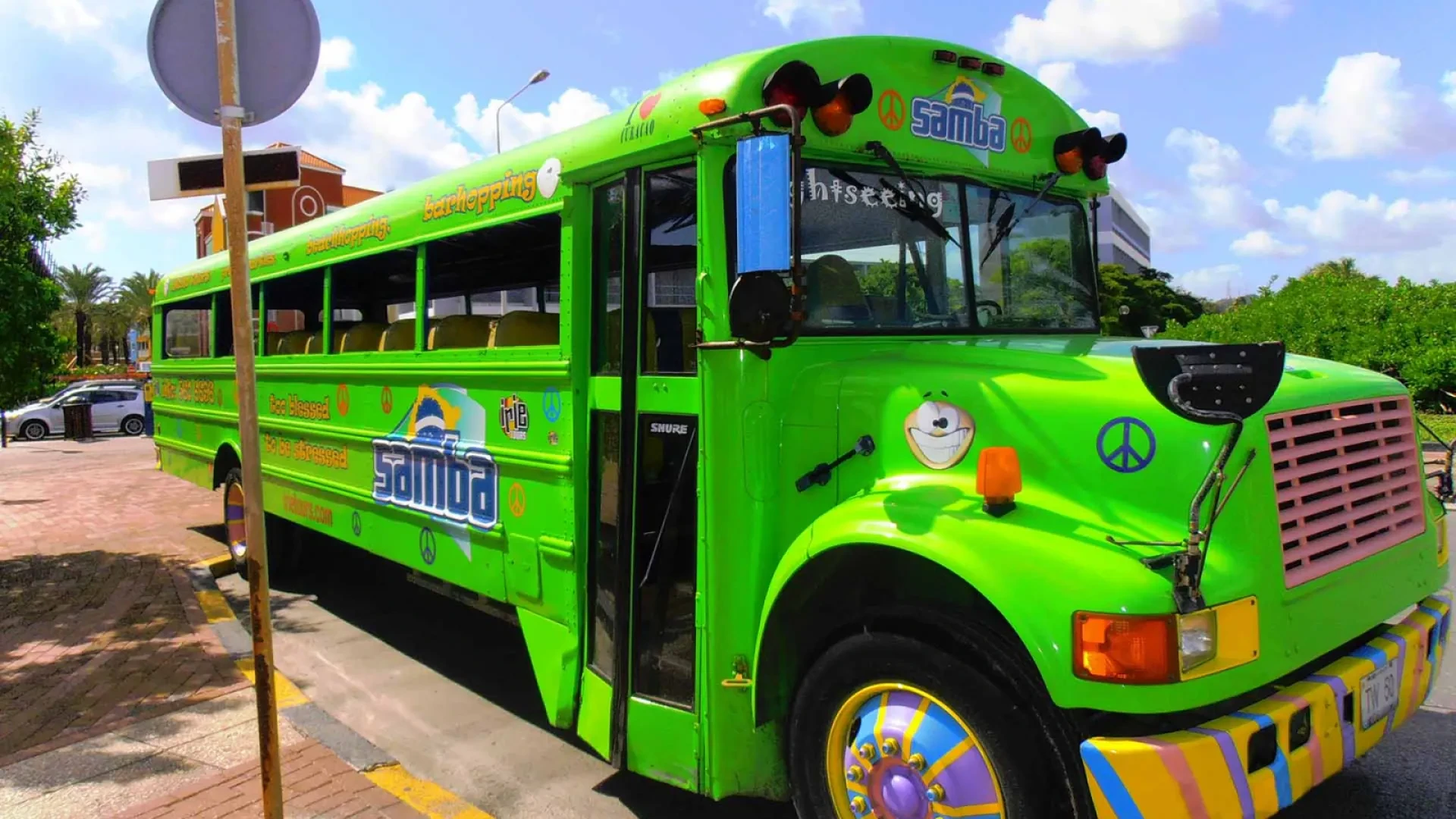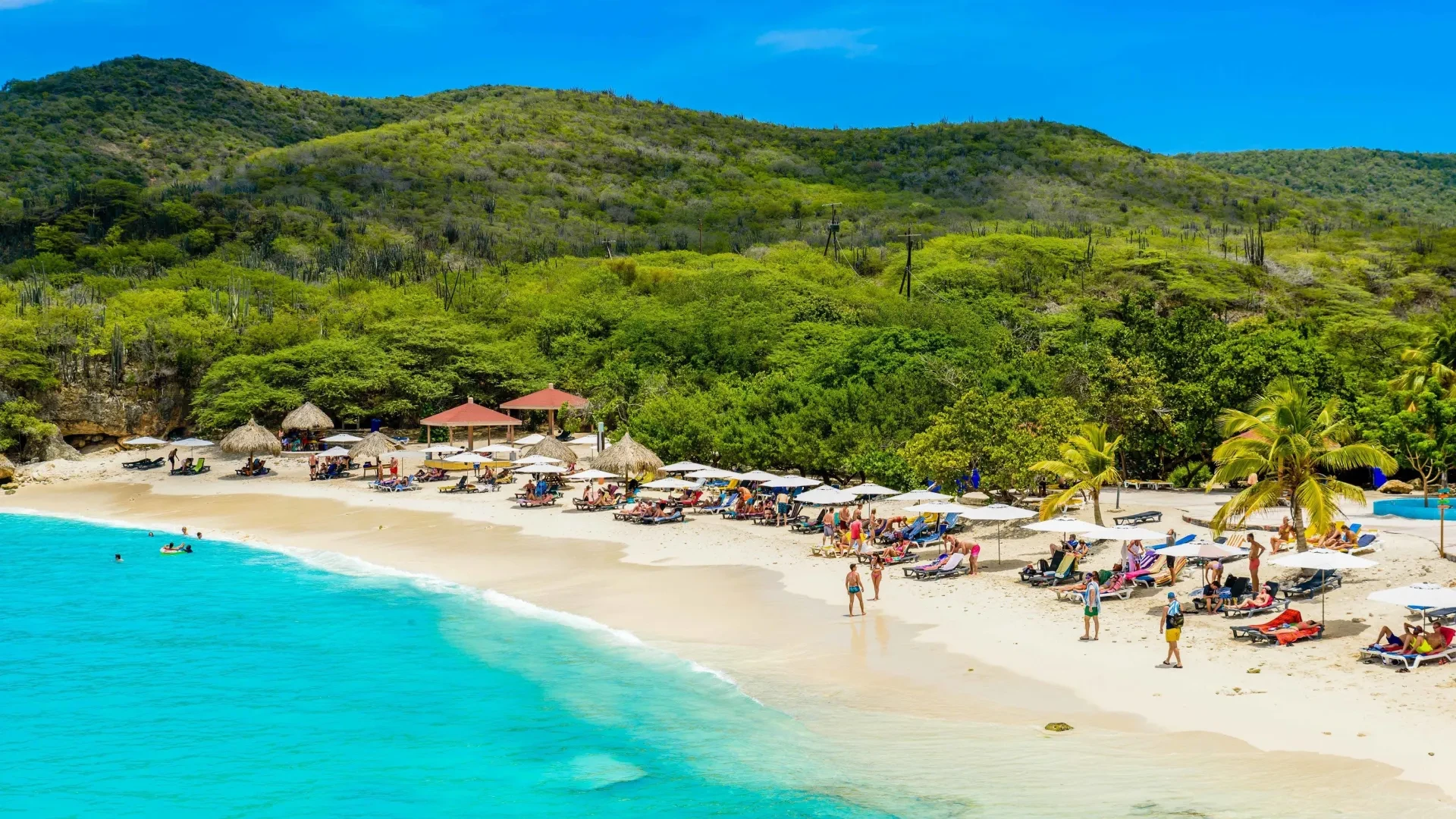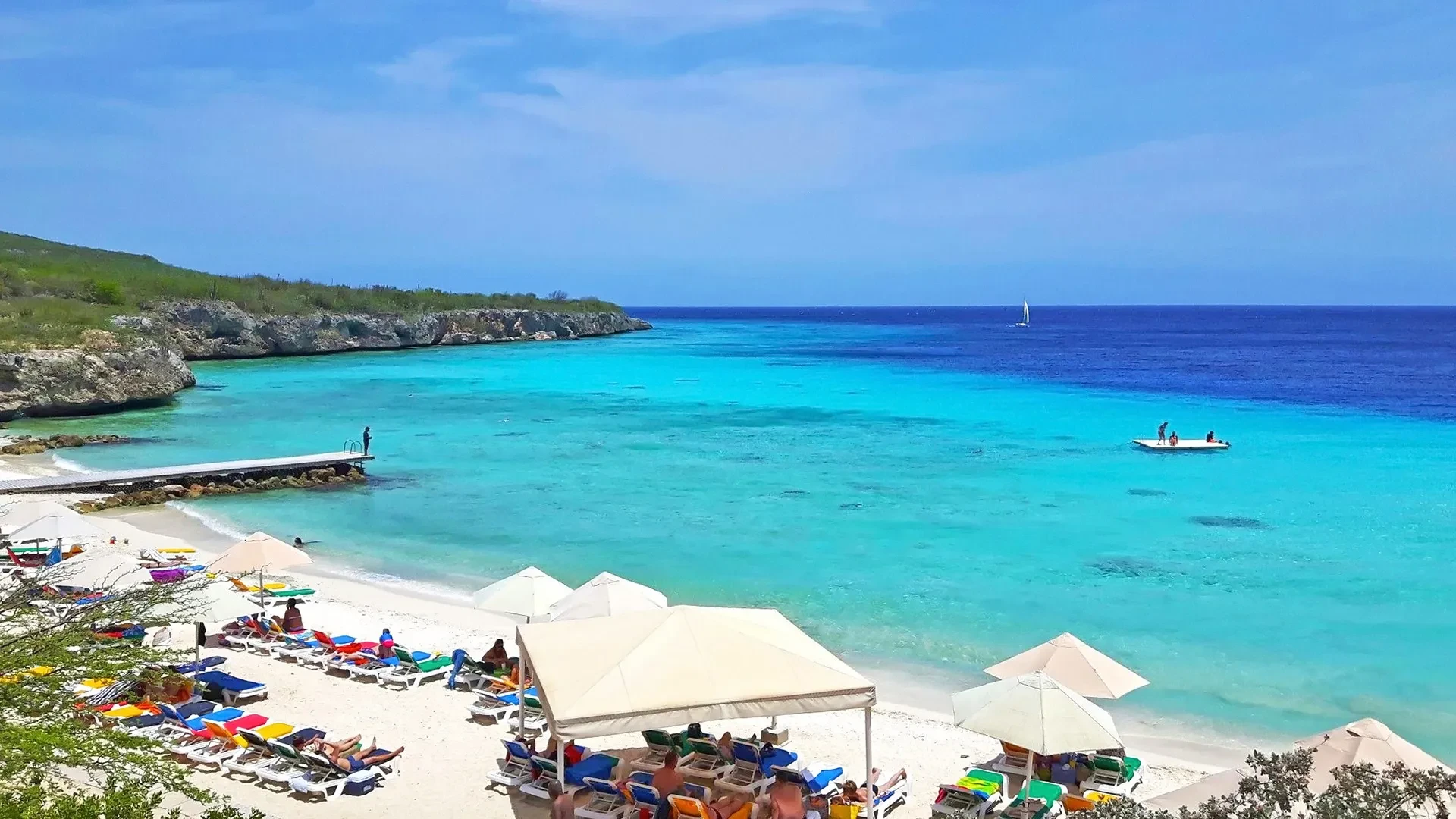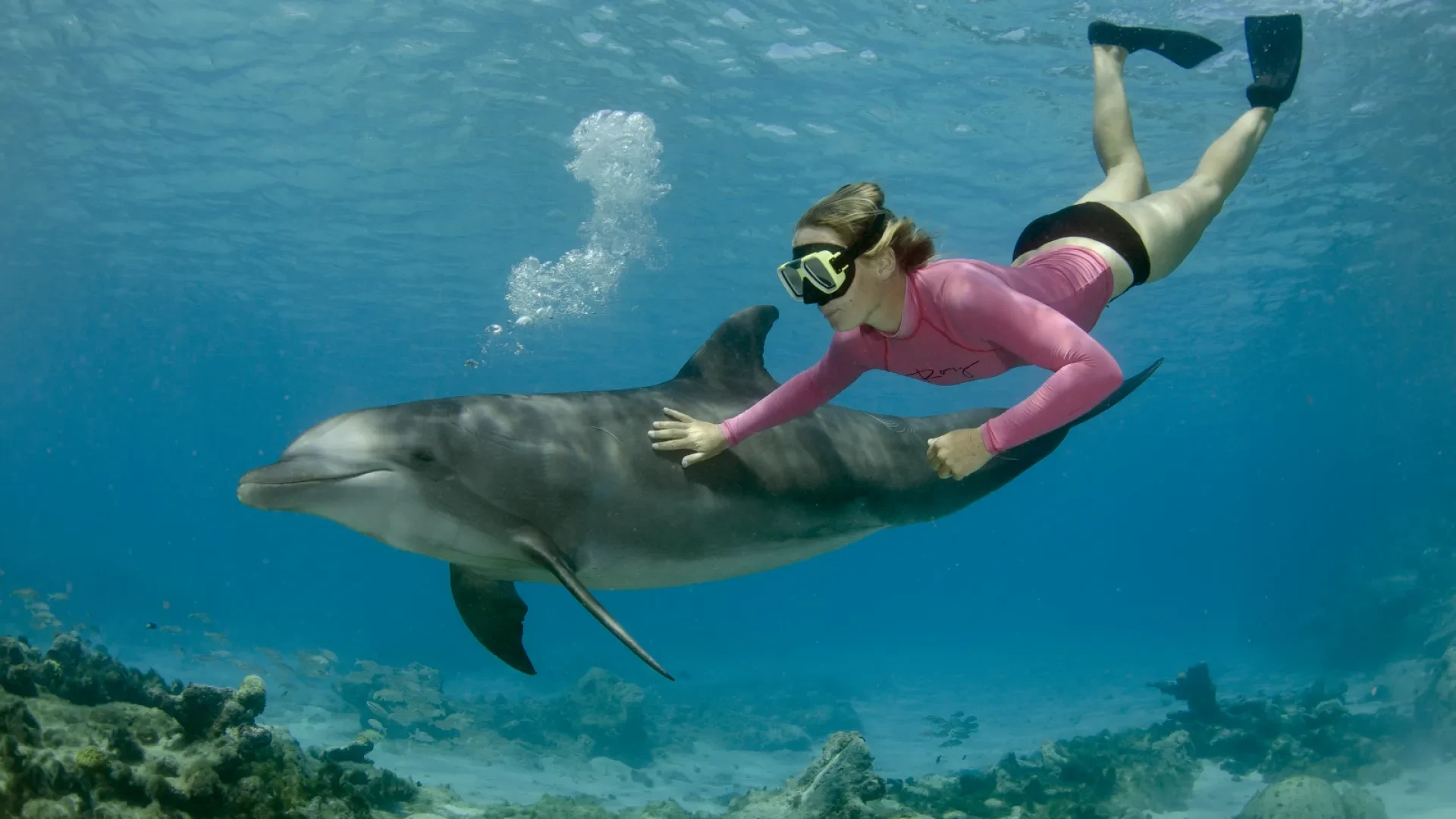Levente
September 02.
Been there. Done that.
Been there. Done that.
September 02.
What is Curacao known for? Curaçao stands out in the southern Caribbean for its cultural mosaic of Dutch, African and Latin American influences. Whether you’re gazing at pastel-colored buildings in Willemstad or practicing local phrases in the Papiamentu language, the island brims with authentic encounters. Here are 69 Curaçao fun facts to feed your wanderlust and inspire your next Caribbean adventure in 2025.

Curaçao is a constituent country within the Kingdom of the Netherlands, along with the Netherlands, Aruba and St. Maarten, maintaining its own government under the Dutch Caribbean framework.
Curaçao belongs to the “ABC Islands”, along with Aruba and Bonaire, situated off the coast of Venezuela.

The capital of Curacao is Willemstad, which is split into two main districts - Punda and Otrobanda - connected by the famous Queen Emma Bridge.

Willemstad’s historic center, featuring the Handelskade, is designated a UNESCO World Heritage site thanks to its colorful colonial architecture. “Handelskade” translates to “Trading Wharf”, highlighting the area’s past as a bustling commercial center.
Papiamentu, a Creole blend of Portuguese, Dutch, Spanish, and African tongues, is spoken alongside Dutch and English in Curacao.

A beloved Papiamentu word meaning “sweet,” “nice,” or “pleasant” that you’ll see on Curacao souvenirs.

The blue color of the national flag of Curacao is meant to symbolize the sea and sky, while the central yellow represents the sun.
Curacao's national anthem was written by Guillermo Rosario, Mae Henriquez, Enrique Muller, and Betty Doran. It was composed by Frater Candidus Nowens, and Errol “El Toro” Colina.

The name “Curacao” is a derivative of the Portuguese word “coracao,” which means “heart.” Many believe it’s because Curacao was formally considered the heart of trade in the Caribbean.

Mainland Curacao is where all the action happens, while Klein Curacao is an uninhabited island famous for its white sand beach and diving. You can visit Klein Curacao on an organized excursion by boat.

Constant trade winds moderate the tropical heat, providing comfortable breezes year-round in Curacao.
Curaçao’s position just outside the hurricane belt offers more predictable weather during storm season.

With nearly constant sunshine, Curaçao is a top Caribbean cruise destination any month of the year. The lowest temperature ever measured on Curaçao is 68 Fahrenheit (19.7 Celsius).

Curacao is home to not just one, but two national parks: Shete Boka National Park and Christoffel National Park! Both parks are located on the northern side of the island.

The highest point of Curacao is Christoffelberg with 372 meters (1220 Feet). It takes about 1-1,5-hour to climb but you are only allowed to start the hike until 10 AM due to the heat.
With over 100 nationalities, Curaçao’s cultural tapestry is one of its greatest assets.

Locals in Curacao will greet you with “Bon Bini!” - Papiamentu for “Welcome!” - reflecting island hospitality.
The population of Curacao was determined to be 155,826 residents as of September 2, 2023. The majority of locals live in the Willemstad vicinity. There are 22% more women than men in Curacao.

The official currency Curacao is the Netherlands Antillean guilder, although US dollars are widely used. The new bank notes were introduced in 2024.

The former Royal Dutch Shell refinery was a crucial economic driver in Curaçao’s past, bigger than tourism.

Aloe vera grows abundantly across Curacao, and visitors can explore local aloe farms and buy genuine products perfect for souvenir.
The family behind the global Heineken brand has historic ties to Curaçao.

Curaçao was home to the first Hilton-operated casino in the world, opened in the 1950s.

Known locally as “salinas”, these ponds were crucial for salt mining and early island trade in Curacao's history.

An unfortunate fact about Curacao is that it used to be the center of slave trading back in 1662 until slavery was abolished in 1863.
Curacao is a lot cheaper than some top Caribbean destinations like Aruba, St. Maarten, the Bahamas, Barbados, etc. It is still an island, though, which means almost everything has to be imported, which makes prices higher.

A funny fun fact about Curacao for kids is the local lore, which says that a past governor of Curacao ordered citizens to paint all the white buildings in bold colors because of his migraines from bright sunlight. Rumor also says he had an interest in the local paint factory.

Historic structures in Willemstad often use coral rock, making them durable against tropical weather conditions.

Freshwater primarily comes from desalinated seawater, essential for Curacao with limited natural resources.

The Queen Emma Bridge in Willemstad is a floating pontoon bridge that swings open to let ships pass in and out of St. Anna Bay. While it's open, you can take a free ferry across.

The Curacao Sea Aquarium is a favorite among families who can have interactive encounters with local marine life there. It is one of the few places in the world where the dolphins are not kept captive but they are free to leave the aquarium and they always come back.

Constructed in 1635, Fort Amsterdam protected the capital city of Curacao and now houses government offices.

The B.A.P. Unión is a gigantic Peruvian navy sailboat that very often anchors in Willemstad. They often have open days when you can go aboard and learn not only about the ship but Peru itself as well.

The tanker and the oil rig make a truly unique sight! And if that's not enough, they are located next to one of the best snorkeling spots in Curacao, the sunken tugboat.

A sunken tugboat has become a coral-reef playground for snorkelers and divers and is now a major attraction in Curacao.

Cas Abao is frequently listed among the Caribbean’s most beautiful beaches for its pristine sand and turquoise water.

The Blue Room in Curacao is a top snorkeling destination with a unique underwater experience. You can swim inside the cave which shines blue from the outside light, hence its name.

Hato Caves features limestone caves with stalactites, stalagmites and ancient Arawak petroglyphs.

The Shete Boka Park and its rugged coast offers dramatic inlets making it one of the must visit places in Curacao by organized tour.

Christoffel Park is Curacao's largest national park, home to Mount Christoffel and diverse wildlife.

Queen Juliana Bridge offers sweeping views of Willemstad. You can only cross it by vehicle, the bridge is prohibited for pedestrians.

Venezuelan vendors come every morning to sell fresh fruits, vegetables, and fish straight from their boats at the floating market in Punda.

Pietermaai and Mambo Beach Boulevard are popular after-dark destinations, brimming with live music.

Downtown Willemstad is divided into two neighborhoods, Punda and Otrobanda. They were connected in 1888 via the Queen Emma Bridge over St. Anna Bay.

Fort Beekenburg is an 18th-century fort once guarding Curaçao’s eastern coast from pirates and invaders.

The Superior Producer Wreck is a renowned diving site near Willemstad, the ship sank in 1977 and evolved into a coral haven.

Fort Nassau is strategically perched overlooking St. Anna Bay, now a scenic restaurant destination.

Playa Piskado (Playa Grandi) is a top spot to swim with sea turtles in Curacao. You are 100% guaranteed to see turtles here.

Curaçao Carnival is one of the most spectacular in the Caribbean, drawing thousands of revelers each year.

Curaçao hosts one of the oldest Jewish congregations in the Americas at Mikvé Israel-Emanuel Synagogue operating since the 1650s.

These traditional plantation houses are scattered across Curaçao, some converted into museums or restaurants.

Curacao's proximity to South America infuses local music, dance, and culinary traditions with a distinct Latin flavor.

Vibrant street art and murals adorn Willemstad’s neighborhoods, reflecting the island’s creative soul.
Tambú, or “the music of the drum”, is a traditional Afro-Curaçaoan genre still performed at festivals.

Beyond Carnival, Curaçao hosts many events like the Curaçao North Sea Jazz Festival.

The trademark Curaçao Chichi doll represents that older sister who is a strong, proud, voluptuous Caribbean woman. You will find this unique product of Curacao across the island. It's also a perfect souvenir!

The origin of the traditional clothing of Curaçao goes all the way back to Africa, and over the years it has become one of Curaçao's most important cultural expressions.

Curacao is known worldwide for Blue Curaçao, created from the peels of the Laraha citrus fruit grown locally. It is naturally colorless, the blue coloring is added later. Besides the trademark blue hue, Curaçao liqueur is available in orange, red, and green, all tasting the same.

Must-try local dishes of Curacao include Keshi Yena (stuffed cheese) and Kabritu Stobá (goat stew).

Snack stands in Curacao sell Pastechi, deep-fried pastries stuffed with cheese, meat, or fish.

Amstel Bright, brewed in Curaçao, is a crisp drink perfect for tropical weather.

Iguana is a local delicacy in Curacao, which is typically served as “stoba yoana” (iguana stew).

“Kos di boka dushi'' or “sweet mouth things” is how locals call assorted sweets. One of the most popular confections in Curaçao is the peanut cookie called “lèter di pinda.”

Flocks of pink flamingos can be spotted at the salt flats near Jan Kok and Sint Michel. Flamingos are the national animal of Curacao.

Take a safari-style tour to learn about ostriches and even feed them. At the restaurant, you can try ostrich omelette.

Playa Porto Marie is home to a pig family which shares the beach with visitors. You can often see them laying in the sun or going for a swim.

The national bird of Curacao is the Troupial. You can find them all over the island but they are always present at Playa Lagun by the restaurants upstairs.

Divi Divi trees are often mistaken for fofoti trees. Fofoti trees grow on the beach (mostly in Aruba), while Divi Divi grows pretty much anywhere. They both have a distinctive shape formed by the trade winds.

The Kibrahacha tree (Tabebuia Billbergi) also known as Yellow Poui, is a very special tree common in the ABC Islands. Once in a while when the conditions are perfect, this tree will bloom beautiful yellow flowers.
Curaçao’s seamless blend of Dutch Caribbean architecture, colorful cityscapes, and rich cultural heritage sets it apart from other Caribbean cruise destinations.
From the vibrant Handelskade in Willemstad to the tranquil shores of Klein Curaçao, these interesting facts about Curacao island showcase how this island delights visitors with every wave. Add it to your travel bucket list and say “Bon Bini!” to an unforgettable Caribbean journey.
Curaçao is known for its stunning beaches, vibrant culture, and rich history. Here are some key highlights:
Colorful Willemstad: The capital city is famous for its Dutch colonial architecture, especially the iconic Handelskade waterfront with its pastel-colored buildings, a UNESCO World Heritage Site.
Beautiful Beaches: Curaçao boasts over 35 stunning beaches, including Cas Abao, Playa Kenepa (Knip Beach), and Mambo Beach, perfect for snorkeling and diving.
World-Class Diving & Snorkeling: The island has some of the best diving spots in the Caribbean, with crystal-clear waters, colorful coral reefs, and abundant marine life.
Curaçao Liqueur: The famous Blue Curaçao liqueur, made from the peels of the laraha citrus fruit, originates from the island.
Diverse Culture: A blend of Dutch, Caribbean, and Latin influences, Curaçao has a unique Creole language called Papiamentu and a vibrant arts and music scene.
Historic Forts: The island has well-preserved 17th-century forts like Fort Amsterdam and Fort Beekenburg, showcasing its colonial past.
Flamingos & Natural Beauty: The salt flats of Jan Kok and Sint Michiel are great spots to see wild flamingos.
Hato Caves: These limestone caves feature ancient petroglyphs and stunning stalactites, offering a glimpse into Curaçao’s geological and cultural history.
Friendly Locals & Laid-Back Vibes: The island’s warm and welcoming atmosphere makes it a favorite destination for travelers looking for relaxation and adventure.
Curaçao is pronounced as "KYOOR-uh-sow" or "KOO-ruh-sow."
The last syllable "-sow" sounds like "sow" (as in "cow"). The pronunciation may vary slightly depending on the speaker’s accent, but both versions are commonly used in English. In Papiamentu, the local language, it's pronounced more like “KOO-ra-sow.”
Curaçao is a constituent country of the Kingdom of the Netherlands. While it has its own government and operates autonomously in most affairs, the Netherlands is responsible for its defense and foreign relations.
Curaçao was part of the Netherlands Antilles until 2010, when it became a separate entity within the Kingdom, alongside Aruba and Sint Maarten. The island maintains Dutch influence in its governance, language, and infrastructure, but it also has a strong Caribbean identity.
As of September 2, 2023, Curaçao's population was 155,826, with 70,162 men and 85,596 women.
Curaçao is located in the southern Caribbean Sea, just off the coast of Venezuela. It is part of the ABC islands (Aruba, Bonaire, and Curaçao) and lies about 65 kilometers (40 miles) north of Venezuela.
Here’s how you can locate it on a map:
Latitude & Longitude: Approximately 12.2°N, 69.0°W.
Region: The Lesser Antilles, specifically the Dutch Caribbean.
Nearby Islands:
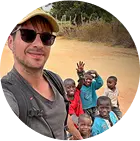
Creating this travel magazine takes an insane amount of time and money. If you’ve found it useful and would like to support me in helping other travelers like you, your donation would go a long way. Thanks, you’re the best!
